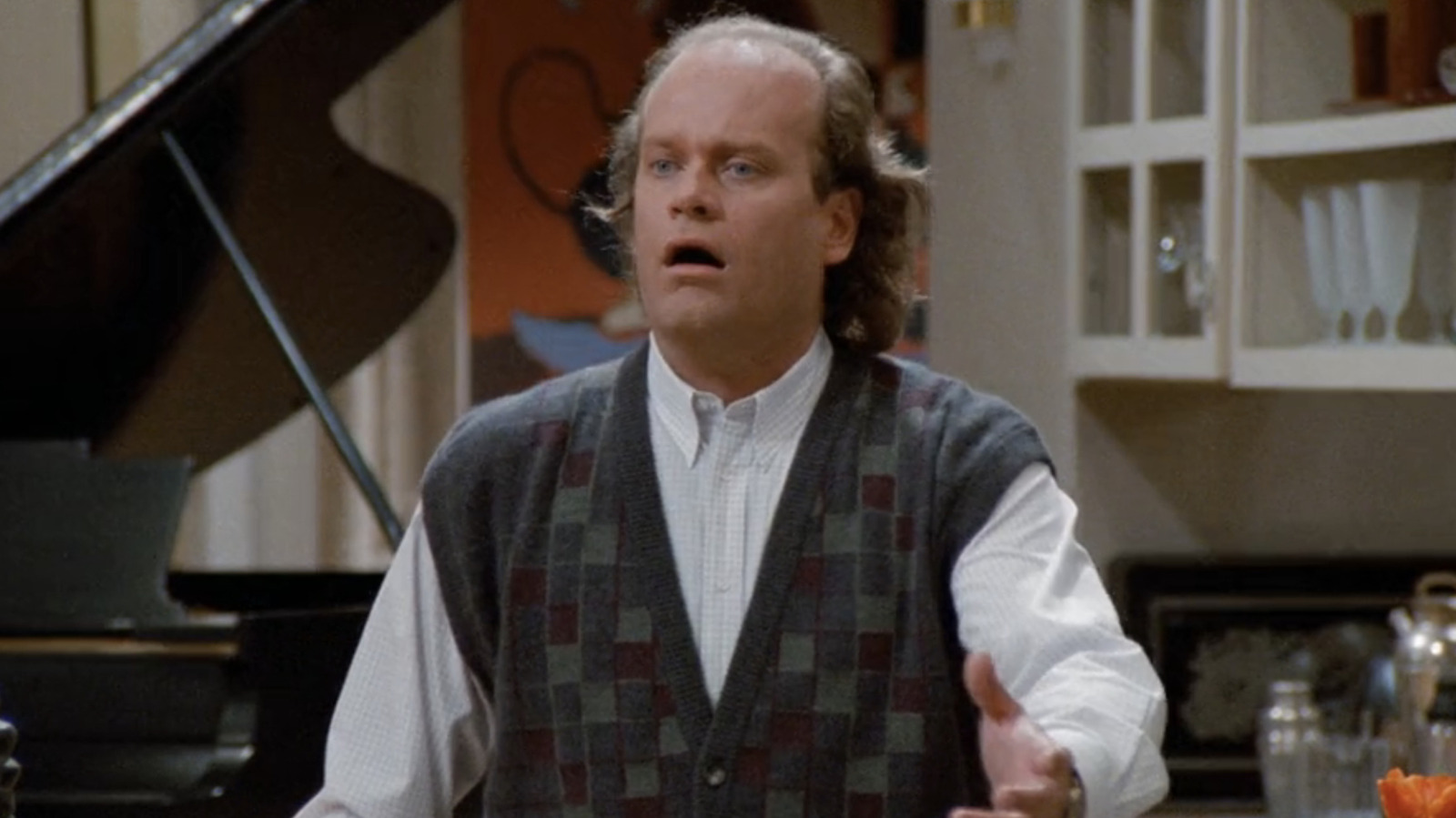
The Frasier team had a clear vision from the beginning: to craft a sitcom that stood in stark contrast to Seinfeld. Premiering in 1993, Frasier quickly established itself as a staple of ’90s television, but it was more than just another family-friendly comedy. The show’s creators, David Angell, Peter Casey, and David Lee—icons in the world of sitcoms—sought to challenge conventions, and the result was a series that would redefine the genre.
Frasier’s tone and setting evoke the warm nostalgia of classic sitcoms, featuring the distinctive “Frasurbane” aesthetic that blended sophistication with a cozy vibe. But beneath its familiar exterior lies a program determined to push boundaries. Kelsey Grammer’s Dr. Frasier Crane and his brother Niles, portrayed by David Hyde Pierce, weren’t your typical sitcom characters; they were elitists immersed in a world of high culture and intellectual discourse.
From its inception, Frasier set out to dismantle established sitcom norms. In a revealing conversation, David Lee shared with the Television Academy Foundation how the rise of Seinfeld inspired their approach. He labeled the era as “short attention span theater,” filled with rapid-fire scenes that left no room for depth. In contrast, the Frasier writers aimed for longer, more meaningful scenes, even experimenting with entire acts that unfolded in real-time—almost like a theatrical performance.
Despite being produced in the multi-camera format typical of sitcoms, Frasier didn’t shy away from innovation. The legendary James Burrows, who had previously helmed Cheers, added his expertise to the mix while the familiar laughter of a live audience contributed to its charm. However, Frasier’s brilliance was rooted in its willingness to diverge from the tried-and-true sitcom structure.
One such departure came in the form of black title cards that marked transitions between acts. This decision stemmed from Lee’s belief that the audience was smart enough to follow the narrative without relying on clichéd establishing shots. Instead of the usual exterior views seen in contemporaries like Friends and Seinfeld, Frasier allowed viewers to stay grounded in the immediate emotions and themes of the scene.
Moreover, Frasier made another unique choice by eliminating musical interludes common in many sitcoms. As Lee noted, the show is distinguished for its lack of interstitial music—creating an ambiance that is both assured and novel. With its blend of comforting laughter and subversive tactics, Frasier has left an indelible mark on television history, proving that what appears familiar can also invite thoughtful disruption.





